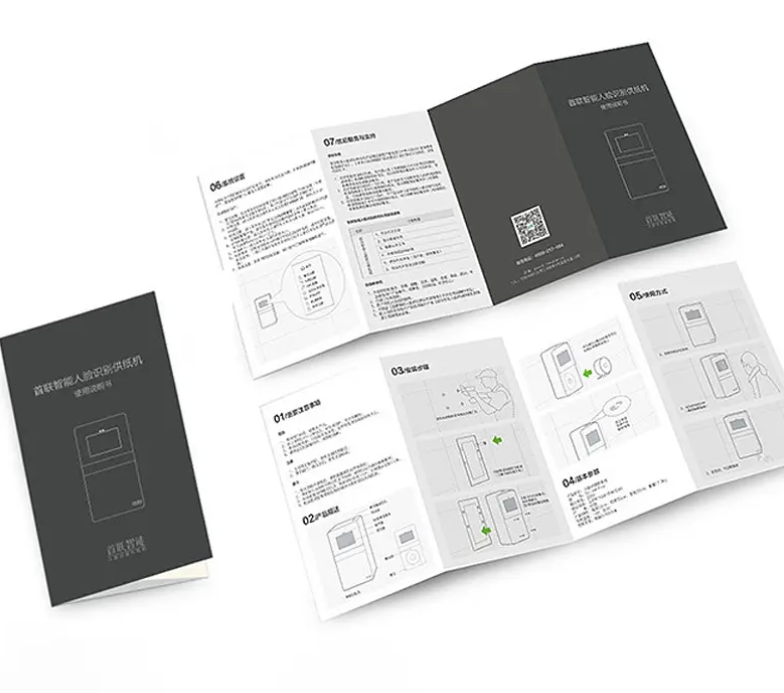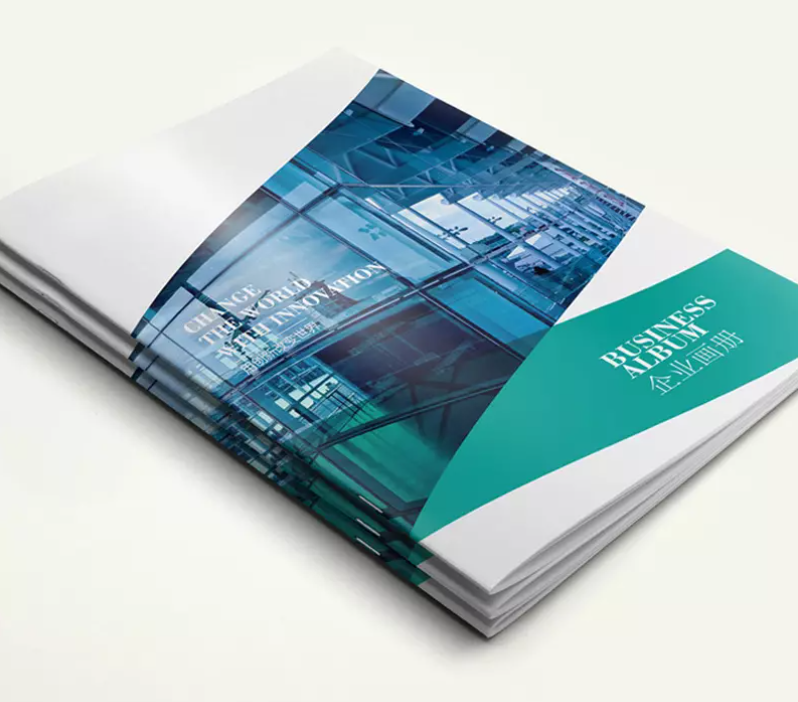Views: 0 Author: Site Editor Publish Time: 2025-06-11 Origin: Site








Ever printed a document and ended up with pages out of order? That's where collating comes in. Collating ensures that your printed pages are organized in the correct sequence, saving time and preventing confusion. In this post, you'll learn what collating means in printing, why it's essential, and how it makes multi-page print jobs easier and more efficient.
In printing, collating refers to arranging printed pages in a specific order when producing multiple copies. For example, when printing several copies of a 10-page document, collating ensures each copy is in the correct sequence (1–10, 1–10, etc.).
● Collated printing: Pages are printed in order, one complete set at a time.
● Uncollated printing: Pages are printed separately, all copies of page 1, then page 2, and so on.
Collating saves time and effort by ensuring that all printed pages are in the right order. Instead of manually arranging pages, collating automatically organizes them, making the process faster and more accurate.
When you enable collating, the printer prints the entire document in order for each copy. Here's a step-by-step breakdown:
1. The printer prints the first copy, starting from page 1 to the last page.
2. After completing the first copy, it prints the second copy in the same order.
3. This process repeats until the desired number of copies is printed.
● Collated printing will output:Copy 1: Pages 1, 2, 3, 4, 5
○ Copy 2: Pages 1, 2, 3, 4, 5
○ Copy 3: Pages 1, 2, 3, 4, 5
● Collated Printing: Pages are printed in complete sets, ensuring each copy is in sequence (pages 1-5, 1-5, etc.).
● Uncollated Printing: The printer prints all copies of one page before moving on to the next. For example, it would print page 1, then page 2, and so on for all copies.
This results in different printing outputs: collated prints organized documents, while uncollated prints require manual sorting.
Collating eliminates the need for manual sorting, which makes it much faster, especially when printing multiple copies of a large document. This is especially useful in professional environments where time is valuable.
Once collating is enabled, your documents will be ready for use immediately after printing. No extra work is required to sort the pages into the correct order, making the entire process more convenient.
Collating ensures that each copy is printed in the correct sequence. This eliminates the risk of pages being out of order, which can lead to confusion or errors, particularly in important documents.
Collating is crucial when you need multiple copies of multi-page documents and the page order matters. Here are some scenarios where collating is particularly important:
● Reports: Ensures that all pages are in the correct order, making it easy to review or present.
● Presentations: Helps keep all slides in sequence, providing a smooth flow during delivery.
● Manuals and Instructions: Collating makes it easier for the reader to follow the correct sequence of steps or guidelines.
● Invoices and Billing Documents: Ensures that each set of financial documents is organized and consistent, reducing the risk of errors.
● Training Materials: Collating guarantees that all parts of a training session or materials are in the right order, improving efficiency in distribution and use.
In any situation where maintaining the order of pages is essential, collating is a must to avoid wasting time and preventing mistakes.

Follow these simple steps to enable collating in your print settings:
1. Open your document in the program you're using (e.g., Microsoft Word, Adobe Acrobat).
2. Go to the Print Settings by clicking on "File" and selecting "Print," or use the shortcut Ctrl + P (Windows) or Cmd + P (Mac).
3. In the print dialog box, click on Properties or Settings.
4. Look for the Collate option. It might be under a tab like "Page Layout," "Finishing," or "Advanced."
5. Check the Collate box to enable it. This ensures pages are printed in the correct order for each copy.
6. Click OK to save your settings and start printing.
Disabling collating can be useful in certain situations:
● Printing single-page materials: If you're printing several copies of a single-page document, collating isn't necessary.
● Manual sorting required: If you want to sort pages manually, such as for certain types of booklets or custom prints, turn off collating.
● Checking print quality: When printing multiple copies for quality checks, disabling collating lets you review each page before printing the next set.
One common issue is when pages print out of order. To fix this, double-check your document's order and ensure the Collate option is enabled in the print settings. Make sure pages are arranged in the correct sequence before printing.
Some printers may struggle with large collation tasks, leading to incomplete or slow print jobs. To resolve this, try printing smaller batches. If the issue persists, consider upgrading to a printer with more memory.
Outdated software or drivers can cause printing problems. Check for updates to your printer driver and ensure the software is compatible with your printer. Reinstalling or updating the driver often solves the issue.
Here are some tips for smooth collating:
● Check Printer Settings: Always verify that the collate option is enabled.
● Test Before Printing: Print a small batch to ensure everything works properly.
● Align Paper Properly: Make sure the paper is correctly aligned in the printer tray to prevent misfeeds and jams.
Collating is essential for booklet or book production. When printing multi-page documents, pages must be in the correct order for binding. If pages aren't collated, the book would be out of sequence, making it difficult to read or bind. This ensures that when pages are folded and bound, the content flows logically.

Manual collation involves physically arranging pages in order by hand. While it's useful for small print jobs, it can be slow and prone to errors, especially with large projects.
Automatic collation uses the printer's settings to arrange pages in the correct order. It's faster and more efficient, especially for large print runs. This method saves time, reduces human error, and is ideal for large-scale printing jobs like books or booklets.
Collating is crucial for improving printing efficiency, saving time, and avoiding errors. It ensures pages are in the correct order, especially for large documents. Always enable collating when printing multi-page documents, booklets, or when page order is important, such as in reports or presentations.
A: Yes, it's okay to print uncollated when you don't need the pages in order, such as when printing a single-page document or multiple copies of single-sided flyers.
A: The "Collate Copies" option ensures that each copy of a multi-page document is printed in the correct order (e.g., 1-2-3, 1-2-3) instead of printing all copies of each page.
A: Yes, collating works for double-sided printing. It ensures each printed document has the pages in the correct order, whether on one or both sides.
A: No, collating is useful for both large and small print jobs, especially when maintaining the correct page order is important.